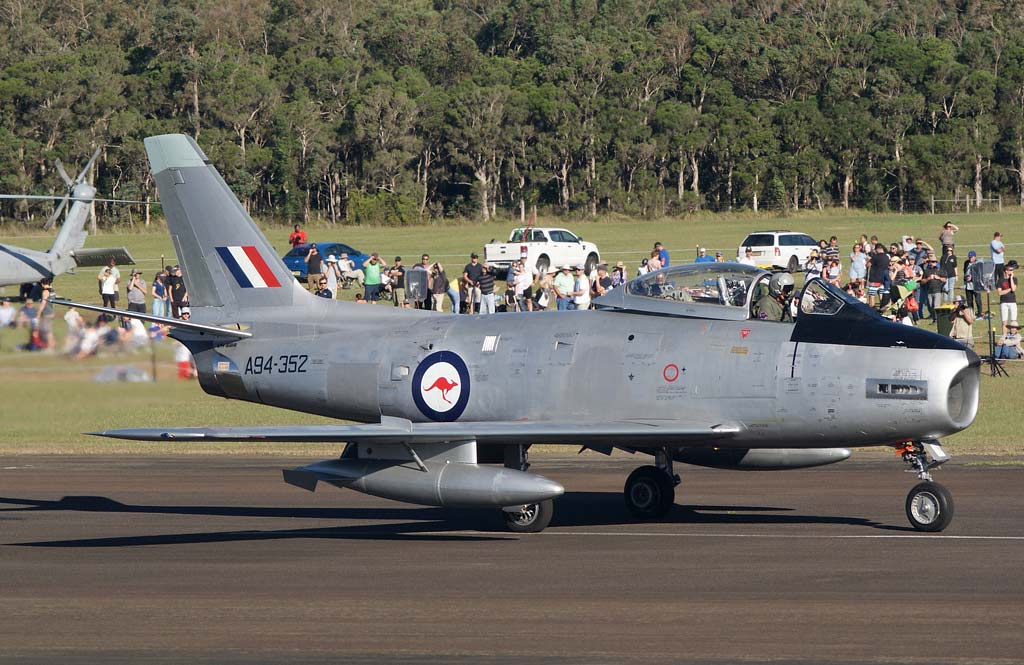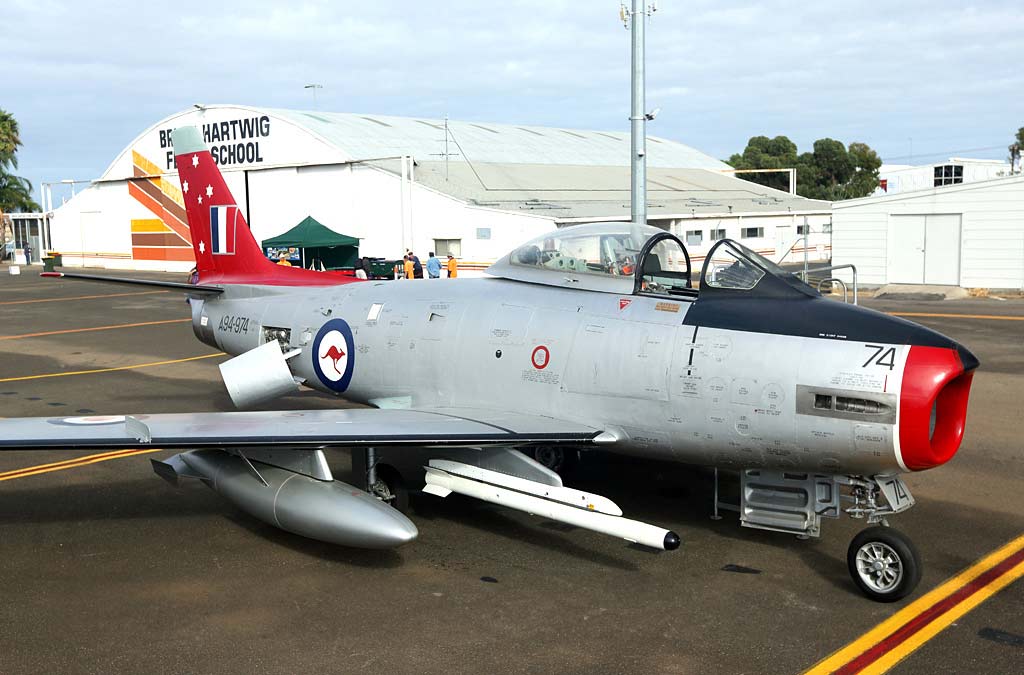The CAC CA-27 Avon-Sabre, an Australian variant of the North American F-86F Sabre, was renowned for its Rolls-Royce Avon turbojet and enhanced performance.
In brief
The CAC CA-27 Avon-Sabre, an Australian derivative of the North American F-86F Sabre, was a remarkable jet fighter aircraft, distinct for its integration of the Rolls-Royce Avon turbojet engine in place of the General Electric J-47. With about 60% of its fuselage structure modified to accommodate the new engine, the Avon-Sabre represented a significant technological advancement in jet fighters during the 1950s. Its larger nose intake area, necessitated by the Avon engine, and various modifications in design and armament, set it apart from its American counterpart. The Avon-Sabre served primarily in the Royal Australian Air Force (RAAF) from 1954 to 1971, playing a vital role in various military operations during its service life.
The CAC CA-27 Avon-Sabre holds a unique place in aviation history as an innovative adaptation of a classic American jet fighter, tailored to meet specific Australian operational requirements.

History of the Development of the CAC CA-27 Avon-Sabre
The development of the Avon-Sabre was a response to the RAAF’s need for a more powerful jet fighter in the early Cold War era. The project was launched by the Commonwealth Aircraft Corporation (CAC) of Australia. The prototype, CA-26, first flew on August 3, 1953. The CA-27 designation was later adopted for the production models, which began delivery to the RAAF in 1954. The aircraft’s design significantly diverged from the F-86F, primarily due to the installation of the Rolls Royce Avon turbojet, which required extensive modifications to the fuselage and air intake. The Avon-Sabre was a testament to Australian engineering ingenuity, adapting and enhancing a proven design to meet the specific needs of the RAAF.
Design of the CAC CA-27 Avon-Sabre
The Avon-Sabre’s design marked a significant departure from the F-86F. The key change was the substitution of the Avon RA.7 engine, producing 7,500 lbst, in place of the General Electric J-47. This required a larger air intake and led to substantial alterations in the fuselage. The Avon engine was also lighter and mounted further aft to maintain the center of gravity. The aircraft featured a length of 11.43 meters, a wingspan of 11.30 meters, and a height of 4.3 meters. The Avon-Sabre was equipped with advanced armaments, including two 30 mm ADEN cannons, and had the capability to carry a range of external stores like bombs, rockets, and Sidewinder missiles.
Performance of the CAC CA-27 Avon-Sabre
The Avon-Sabre exhibited superior performance compared to the original Sabre. It reached a maximum speed of 700 mph (1,100 km/h), a service ceiling of 52,000 feet, and a range of approximately 1,155 miles. Its rate of climb was an impressive 12,000 feet per minute. The integration of the Avon engine provided enhanced thrust and overall performance, solidifying the Avon-Sabre’s reputation as a formidable fighter jet of its time.
Variants of the CAC CA-27 Avon-Sabre
The Avon-Sabre saw several variants during its production. The initial version, Sabre Mk.30, was followed by the Mk.31, which featured an extended leading edge and non-slatted wings. The final iteration, Sabre Mk.32, utilized the Avon 26 series engine and included underwing pylons for carrying heavier ordnance. In total, 111 production examples were built.

Military Use and Combat of the CAC CA-27 Avon-Sabre
The Avon-Sabre served predominantly with the RAAF, seeing action in the Malayan Emergency and the Indonesian-Malaysian confrontation. It was instrumental in air defense and strike missions during these conflicts. The aircraft was equipped for air-to-air combat, interception, ground attack, and close-air support roles. By the mid-1960s, the RAAF began transitioning to the Dassault Mirage III, leading to the Avon-Sabre’s retirement in 1971. Post-service, it was operated by the Royal Malaysian Air Force and the Indonesian Air Force.
Back to the Fighter Jet section.